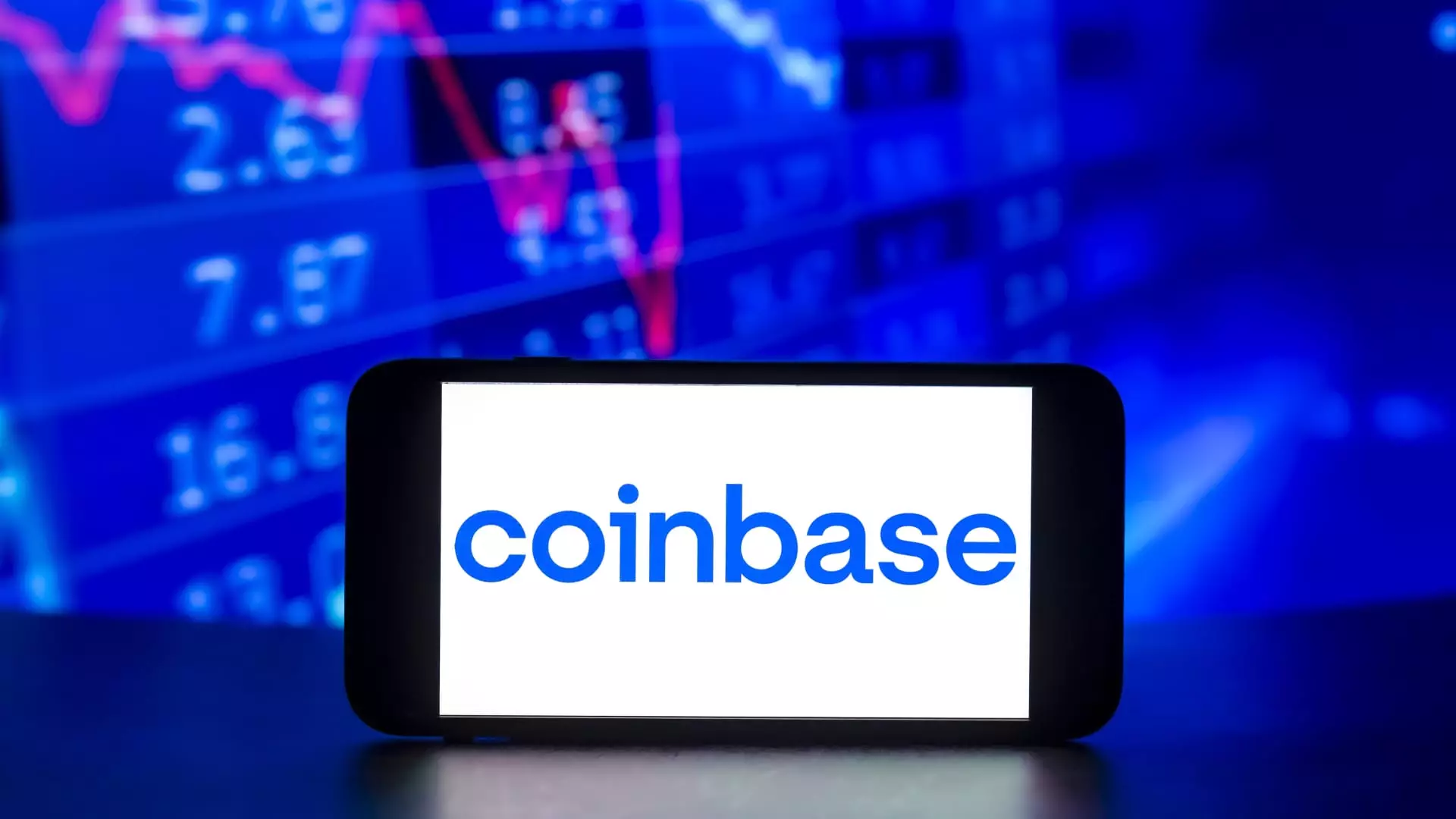The recent plunge in crypto-related stocks isn’t just a fleeting correction; it’s a stark reminder of how fragile investor confidence remains in this speculative arena. The collective hit to giants like Coinbase, eToro, Robinhood, and Galaxy Digital signals a sobering shift in sentiment that skeptics have long predicted. Despite the apparent surge in mainstream acceptance—evidenced by Coinbase’s inclusion in the S&P 500—the underlying vulnerabilities haven’t evaporated. Instead, the sector’s dependence on a perfect storm of low interest rates and bullish narratives has exposed its precarious foundation. Crypto equities, often hyped as the frontier of financial innovation, are more accurately the frontlines of speculative excess. When the tide turns, these assets quickly shed their sheen, revealing the underlying chinks in their armor.
The Myth of Crypto’s Resilience to Broader Markets
One might have believed that, given Coinbase’s landmark S&P inclusion and the mainstreaming of digital currencies, crypto stocks would decouple from traditional market movements. Yet, Tuesday’s carnage disproves this illusion. The near 3% dip in Bitcoin, coupled with a 4% decline in Ether, underscores how these assets are intricately linked to the tech sector and broader risk appetite. When investors face uncertainty—such as looming Federal Reserve policy decisions—they often retreat from growth-oriented investments, especially ones as speculative as crypto. This week’s focus on Jackson Hole’s economic symposium highlights that the market’s narratives remain tethered to Federal Reserve signals. Until the Fed assures a stable, predictable path, crypto’s bumpy ride will persist.
A Warning Sign for Oversight and Investor Vigilance
The stark decline in smaller crypto firms and treasury players like Strategy, SharpLink, and Bitmine Immersion serves as a cautionary tale. These companies, once heralded as the innovative engines of decentralized finance, have now become collateral damage in the storm of market corrections. Their precipitous falls—up to 15%—lay bare the risks of overhyping technological breakthroughs before they are proven sustainable. Moreover, the decline of stablecoin issuers like Circle highlights the fragile backbone of this complex financial ecosystem. Investors who cheer the sector’s recent gains must acknowledge that these gains are built on a bedrock of speculation, not solid fundamentals. Without prudent oversight and a sober assessment of risk, the crypto market remains a ticking time bomb waiting for a catalyst to ignite further chaos.
The Political and Economic Context: A Complex Backdrop
In the midst of this turbulence, the Federal Reserve’s approach acts as a double-edged sword for crypto enthusiasts. A dovish tone could spark a rebound, but the persistent uncertainty about future policy directions keeps traders on edge. The central bank’s decisions are not just about interest rates; they reflect a broader debate over sustainable economic growth versus inflation control. For crypto advocates who see digital assets as a hedge or alternative investment, these developments are a mixed bag. While some might argue that this volatility is temporary and that innovation will eventually prevail, the reality is more nuanced. The sector’s current struggles reveal systemic flaws—overreliance on hype, lack of regulation, and susceptibility to macroeconomic shocks—that must be addressed if it is to mature beyond its current speculative phase.
The recent declines serve as a stark reminder that crypto remains a high-risk, high-reward domain, with the veneer of technological progress often concealing fundamental instability. For the center-leaning liberal observer, these events underscore the need for cautious optimism mixed with critical oversight. Instead of celebrating crypto as the future of finance uncritically, society must demand transparency, better regulation, and risk awareness to prevent inevitable disillusionment.

